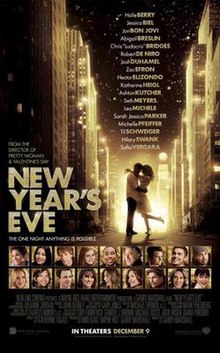A simple question deserves a simple answer:
YES, nearly always.
There are many reasons for this. The simplest is that at least a few audience members, perhaps many, will consider the failure to provide some written accompaniment to be evidence of apathy and/or laziness. Apathetic slacker is not the image most of us want to project.
However, handouts are not merely an appearance issue. Well-done handouts enhance audience understanding and increase the chance they will retain your message. They are also a basic courtesy for the audience, freeing them from the frantic scramble to write down every important thing you say. (You will be saying important things, right?).
Excuses for Lack of Handouts
Excuse 1: I want the audience to be paying attention to me while I’m speaking, not a handout.
I call this the narcissist excuse. Few presenters are capable of constructing such enthralling handouts, but even if you are one of this talented group, is it really so bad if people learn the material from your handout instead of your eloquent voice?
In any event, if you think your handouts are really that extraordinary, why not distribute them after your talk, instead of at the beginning? If you take this approach, be sure to let the audience know at the beginning of your remarks, so they won’t feel a need to take duplicative notes.
Excuse 2: Handouts will dilute the value of my jokes or other surprises.
This excuse has a silver lining of sorts: At least the presenter is trying to keep the audience engaged and believes their material is good enough to deserve protection.
However, in this situation it is possible to have the best of both worlds:
Again, there’s no law against distributing your handouts at the end of your talk. Be sure to alert the audience when you begin speaking that you will have handouts, so they don’t feel obligated to write down every word you say.
Another approach is to distribute an edited version of the material at the beginning. Good slideshow software facilitates preparing a redacted version of your remarks. You can create a separate version of your slide show that omits the surprise-killing slides. This still requires a little extra work, but it’s worth it if you have high quality jokes or other surprises.
Excuse 3: Distributing handouts will make the audience remember the presentation better, so I can’t use the same material next year.
Wow! This is my absolute favorite excuse. There’s so much wrong with it that I don’t know where to start.
Isn’t helping the audience remember what you are saying the whole point? This excuse tacitly admits that handouts increase audience retention of the material. Isn’t that’s a good thing, instead of a bad thing?
Audiences receiving compliance-oriented training should not have to suffer the same canned presentations every year. This approach is no more attractive by delivering the material in a quasi-stealth manner, withholding handouts that might help the audiences remember the material.
A key objective of this series of Presention Tips is to empower presenters so that coming up with fresh, engaging material each year does not seem like an overwhelming challenge. We will be distributing our ideas in future columns, and we solicit your suggestions in the Comments section below.
Like this:
Like Loading...
